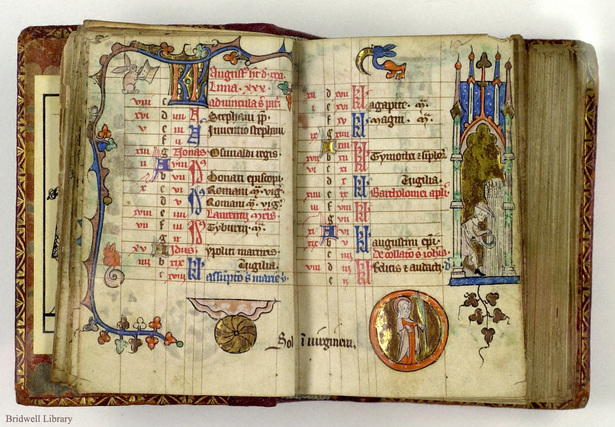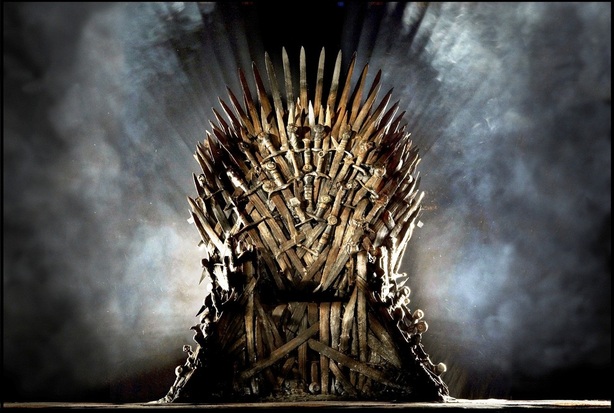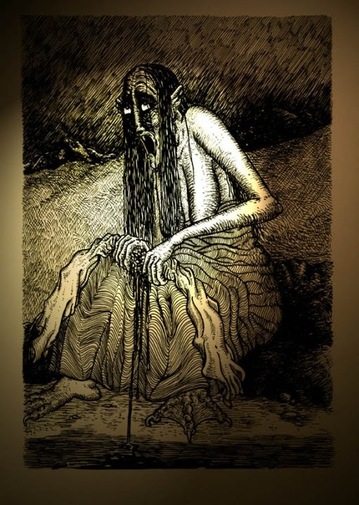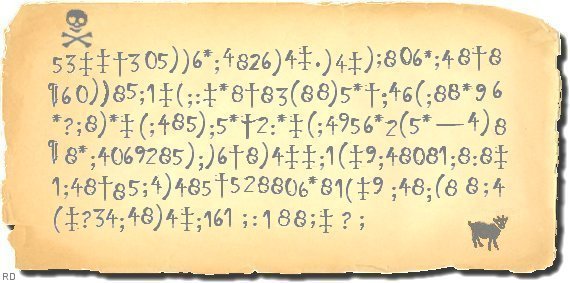They first appeared in the late 13th century and gained popularity through the 15th sometimes becoming ostentatious jewel-encrusted presentation books and falling out of favour late in the 16th century, when printed books had become much more common. Another possible reason for their decline was the relatively small number of specialized girdle-protected texts becoming outdated with little need to replace them. In an environment of increasingly cheap printing it was simpler to replicate texts than spend time preserving individual manuscripts. The intricately constructed girdle bindings were simply impractical after a certain point.
There are hundreds of artistic representations of girdle books. Their popularity in art indicates a much wider distribution and adoption of the girdle book as a binding than surviving copies suggest. A list of 150 examples “shows the proportion of representation in painting and in sculpture [as] almost equal.” However, only 23 medieval girdle books have survived in their original binding, the oldest datable example being from Kastl, Germany (ca. 1453). At least part of the reason for the small number of surviving examples stems from the fact that the use of the girdle book was largely confined to a narrow area from the Netherlands to the Upper Rhine Valley.
Although not strictly girdle books, several other types of portable books were in use during the same time period. Some larger books had rings attached to the standard binding so a cord could be slipped through them and wrapped around the waist. Other books were small enough that they could be worn around the neck. A small chain looped through a ring or two at the top of the binding was all that was necessary to make it portable. Finally, a fourth type of portable book was the vade mecum (go with me), consisting of a booklet or folded sheets that contained an almanac or medical information and could be suspended from a belt. The text on a vade mecum would be arranged in such a way as to be legible as someone unfolded the parchment, rather than having to constantly reorient the sheets.









 RSS Feed
RSS Feed